Our Process
Our Process starts with the lumber we salvage from the urban forest. On average, trees around Chicago don't live past 30 years. This is due to various reasons but mostly because of the harsh weather and urban environment. The trees that do survive develop a unique character, with a story ingrained right into their growth rings. We partner with several landscaping and tree removal companies that procure trees from around Chicago using sustainable forestry practices. These are trees that are either dead or dying, removed due to new construction, downed trees due to weather or trees that are considered old growth. Many of these trees are enormous, over 100 years old and from some of the most historic parts of Chicago.

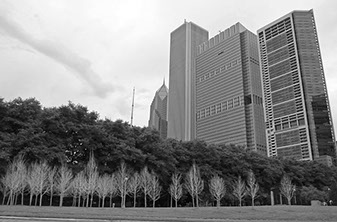
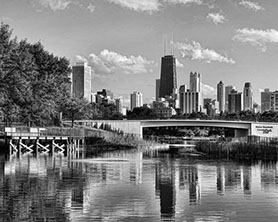
The first step in taking a full tree trunk and transforming it into fine wood furniture is to cut the tree down to workable slabs. Due to the large size of some of these trees special equipment is needed to cut down the logs. We had to design and build two saw mills to accommodate the various tree sizes. The mill cuts the trunks down to the desired thickness, depending on the project, then stacked and set out to air dry for a few days. To Continue the drying process the slabs are transferred to our dehumidification kiln a few blocks away.
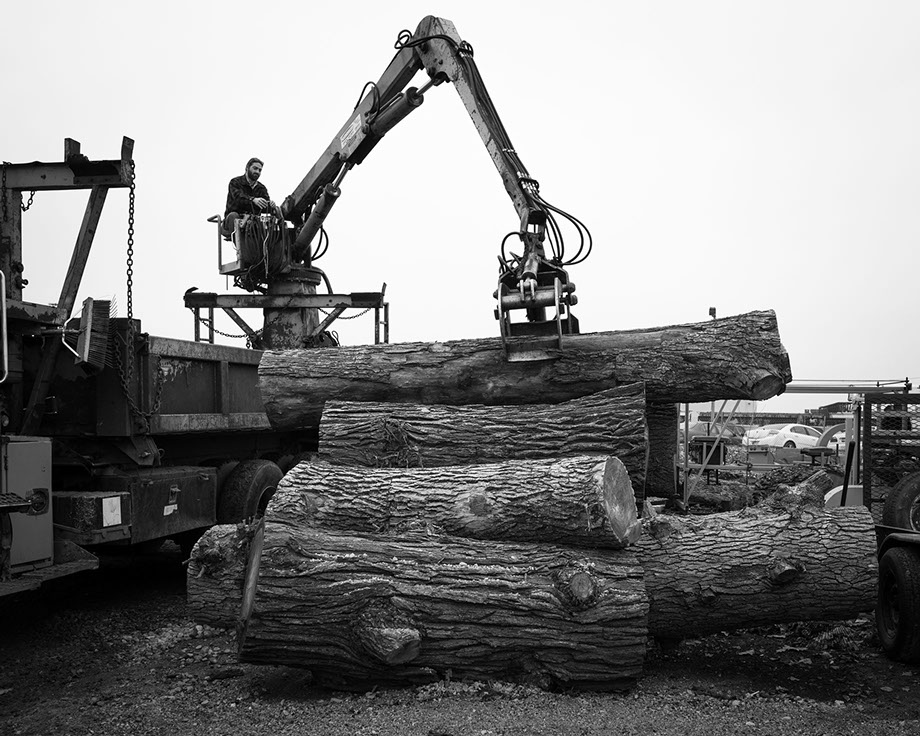
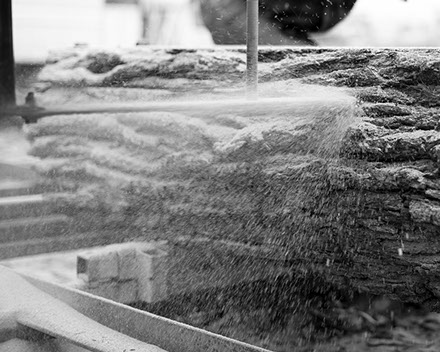
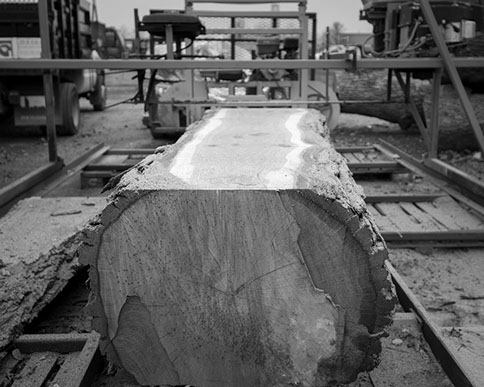
The drying and curing process is particularly important for creating high quality wood. A tree contains a lot of water and once the wood is cut, the water begins to evaporate. As the water evaporates the wood changes its shape and structure, causing the wood to shrink and warp. If the wood dries too quickly it can cause excessive spitting that can ruin the slab. Our kiln uses no heat, this allows the wood to dry slowly and naturally, preventing unwanted movement. On average it takes 12-18 months for a wood slab to reach equilibrium, but this can vary depending on the type of wood and dimensions. Once dried each slab is graded and selected for projects depending on the slabs length, thickness and character.

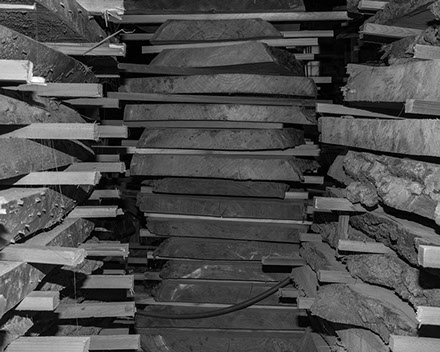
Each project typically starts with leveling the slab and removing any excess wood. We use a power planer to level and remove the wood slabs outer layer. For our live edge furniture we use a draw knife to remove the bark along the edge of the slab. This process gives each piece a distinct edge and preserves the natural contours of original tree. After working the wood slab we set it aside to rest for another couple weeks. Resting allows the internal pressures to release and lets any trapped moisture to evaporate. We then go back with the planer to ensure a level surface.
Every tree has natural knots, twist, cracks and fractures that give the wood its character. During the drying process some of the wood slabs natural cracks can expand. This can be a desired look, but to provide additional stability and prevent future splitting we apply a bowtie inlay. We use a chisel to carve out a small bowtie pattern between the affected area, then we insert a matching piece of wood. The bowtie acts as an anchor, preventing any outward movement. Adding this small alteration adds a unique look to the table and is the most reliable way to fix a wood defect.
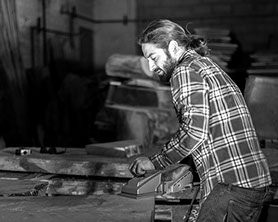
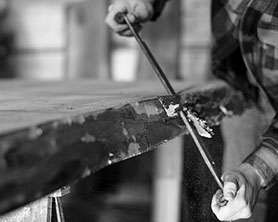
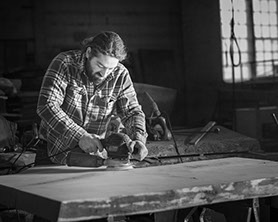
To complete our process each piece goes through a meticulous sanding and finishing process. We start with a rough sanding using a low grit paper. The sandpaper is progressively stepped up to finer and finer grits until a smooth surface is reached. In between sanding sessions we apply an oil to the wood, this is to help identify any defects, or areas that need attention. Once the surface meets our quality standards it moves on to finishing.
We utilize a variety of finishing techniques, each giving a certain color, character and level of protection to the wood. Our preferred finishing method is tung oil because of its preservation qualities. Dozens of fine coats are applied over a 3 week period, ensuring the wood has a deep and even coat. Tung oil penetrates into the wood then hardens, forming a protective layer up to 5mm deep. It gives a matte to semi-gloss finish and accentuates the natural luster of the wood. A final coat of beeswax is sometimes used to provide additional protection from stains and moisture.
At the end of the journey each piece is given a name after the Chicago location it was salvaged from. The unique pieces we create come with a history built in, commanding attention and conversation. Your guests will love the story of the tree that became your treasure.
Find Out More About Us
©2015 Humboldt Hardwoods Chicago, IL
